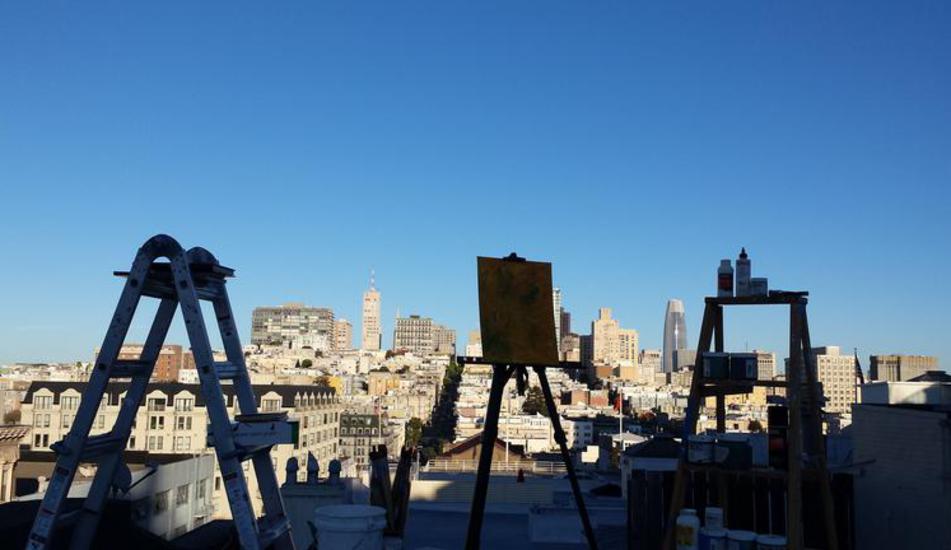How Do Artists Arrive at Their Prices?
To understand what you perceive to be the high cost of a work of art, you first have to understand the artist's investments.
Let's say the piece you are considering buying took the artist 40 hours of work per week, and six weeks altogether. We'll say that the artist is selling the piece for $1,500.
Now let's do some math. 40 hours (hours per week) multiplied by 6 (number of weeks) equals 240 total hours. Materials cost the artist $100, so we'll subtract that out of the total, leaving $1,400. Now we'll divide $1,400 by 240 (the hours worked). Assuming that the artist is selling the work privately, meaning no gallery or agent is taking a percentage (usually at 40-60%), this means that the artist will make $5.83 per hour for his/her labor.
Note two things here -- 1) the artist is not even making minimum wage after the sale, and 2) all of that talent earns an income less than almost any other wage earner. So this sale price would rip the artist off completely. While $1,400 seems expensive to you, $5.83 an hour is an unlivable wage for the artist. (In fact, if you were earning $5.83 an hour you wouldn't be investing in art or reading this page. Think about it.)
Now let's arrive at a price from the artist's standpoint. He/she worked 240 hours, paid $100 for materials, and (because they are talented and just past 'emerging') wants to earn $30 an hour. Doing the multiplication reveals that the artist would charge $7,300 to satisfy that wage requirement. Even charging only $10 an hour brings the cost to $2,500.
Quite simply put, art is expensive to produce and, therefore, expensive to buy.
How could the artist sell that painting for only $200? He/she couldn't afford to sell at that price (see previous). Most likely, the artist does not know how to establish a fair price for his/her work. Before going on, note here that if the artist spent even a modest 100 hours on the piece, he/she earned $2 an hour. In other words, you have paid the artist $2 an hour for the beautiful piece of art he/she created. Perhaps people are willing to pay so little because it serves a consumer interest -- getting a bargain -- even though it perpetuates the myth that artists must struggle and be poor if they are to be true artists. Paying less than fair value truly undermines our culture.
Copyright 2022 Eric Jonsson. All rights reserved.
U n i t e d S t a t e s
E u r o p e
S o u t h A m e r i c a A s i a
A Brief History of Trompe L'oeil
j o n s s o n
The Cost of
Making Art
